It’s an enormous understatement to say that healthcare workers today are suffering. Every day, you hear interviews with nurses, physicians, social workers, and others in healthcare saying they’re pushed to the breaking point and beyond. But, by using skills taught in the Community Resiliency Model (CRM), even people under severe stress can weather the onslaught, do their work, and get along with colleagues.
CRM is an evidence-based training program that’s being used by millions of people in more than 100 countries, and was often taught to first responders, often in immediately after earthquakes, typhoons, hurricanes, or other disasters. It was developed by Elaine Miller Karas and Laurie Leitch, co-founders of the Trauma Resource Institute. Three panelists, all experienced CRM trainers, presented the benefits of CRM at a Dec. 9 ACEs Connection webinar on how to mitigate work stress and prevent burnout for healthcare workers during COVID and beyond. The webinar was co-sponsored by the Center for Care Innovations.
The panelists were Linda Grabbe, Ph.D., a clinical assistant professor at the Emory University School of Nursing in Atlanta; David Lawson, M.D., an oncologist at the Winship Cancer Institute at Emory University; and Ernelyn Navarro, D.M., LCSW, the manager of community programs at St. Mary’s Health Center in Apple Valley, California. They explained what CRM is and the evidence-based research behind it; how CRM can be used in a fast-paced, high-stress health care environment; and offered a step-by-step approach to implementing CRM organizationally into a clinical setting. (Please see the panelists’ presentations attached below.)
How to stay in the resilience zone
Stress causes the sympathetic nervous system to engage, said Grabbe. Irritability, edginess, panic and anxiety are signs that the sympathetic nervous system is in overdrive. The parasympathetic nervous system kicks in to calm the stress response, but when it’s working too hard, it shows up as feelings of sadness, exhaustion and numbness.
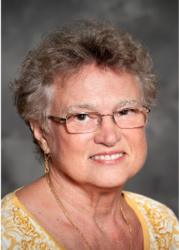
“The problem is we can get stuck out there,” said Grabbe. “If you have the misfortune to get bumped out of the resiliency zone, which happens to all of us, (CRM gives you) techniques to get you back in.”
To demonstrate how to get unstuck, Grabbe asked participants to think about what brings them strength while living through this time in history — with the pandemic in full surge. “People will say, ‘my dog, my husband, my family, going into nature,’” she said.
Then Grabbe asked participants to notice what’s happening in their bodies when they think about that strength. A slide from a study on the connection between mind and body makes it clear.
Grabbe learned that CRM could be useful to health care workers when she studied a group of hospital-based nurses. More than a third were experiencing high rates of mental health problems, secondary stress and burnout. For the study, recently published in the journal Nursing Outlook, researchers divided participants into two groups. One received three hours of training in CRM and the other, a control group, was provided with training about nutrition.
Data analyzing the nurses before and after their training showed “a moderate-to large” improvement in secondary stress, resiliency, burnout and mental health among the nurses who were taught CRM and were using it at work.
The nurses grounded in CRM told Grabbe and her fellow researchers that they grounded themselves by “pushing against a wall; touching the fabric of my scrubs; being still and noticing sensations.” They used these techniques when they were feeling anxious, dealing with dying patients or having a difficult work shift.
Focus on sensations
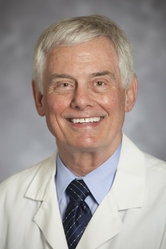
Lawson zeroed in on how CRM helps you to recognize how extreme stress shows up in your body and how to undo it. “What happens when that lightning bolt strikes? Our thinking may be altered. We disassociate. We get forgetful. We make bad decisions,” he said.
The grounding techniques work best, he said, when you focus on the layers of sensations they produce: “If you’re trembling, are you trembling rapidly or is it a slow trembling? If you’re touching a surface, does it feel rough or smooth, or thick or thin, like paper?
Lawson led participants through another exercise to show how CRM can work in just a few minutes, so it doesn’t interfere with the fast-paced rhythm of a hospital. He circled back to Grabbe’s point about identifying something that makes you feel calm and invited the participants to close their eyes and focus on that one thing.
“What are you hearing?” he asked participants. “What are you seeing and what are the colors? If you’re imagining a person, what are they wearing? And what are you feeling? Are you walking? What’s the temperature? Is it moist, dry or hot?”
“In a nutshell,” he said, “you read your nervous system and do exercises that get you back to resiliency.”
Needed urgently: organizational change
High levels of burnout among St. Mary’s Health Center staff in Apple Valley, California, and the onslaught of the COVID-19 pandemic prompted hospital leadership to ask Ernelyn Navarro, a licensed clinical social worker with a doctorate in management, to find and institutionalize a practice that would help the staff manage their stress.
Navarro knew that culture change in a system like a hospital doesn’t happen overnight. But she also knew the need was urgent.
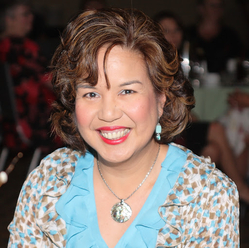
“We needed to do something pretty quickly to address how we’re going to cope with this pandemic and be able to give our staff during this time of anxiety a psychological safety net, so they know we’re here to help you,” she said.
When Navarro began introducing CRM into the hospital in April, she used a variety of ways to educate the staff. She joined the daily leadership meetings about the hospital’s response to COVID. She found out who was really struggling and met with staff in those units.
She also joined weekly huddles — quick staff meetings to debrief about a shift. “I’d say just give me 5 or 10 minutes and I’d do some of those short exercises mentioned by Dr. Lawson,” she explained to the webinar participants.
She also included information about CRM classes in the hospital newsletter, providing tips for managing stress and ways to contact her to learn more.
The second part of her strategy was recruiting CRM guides. “These are people who know a lot of people,” she explained. “People trust them and like them.”
CRM relies on a train-the-trainer model, which means that each person trained in it can then train others. Navarro trained clinical educators. She told them: “If you guys are doing anything in your classes about stress management, let’s figure out a way to embed [CRM].” She trained nurses, in-patient clinical social workers, hospital chaplains, team leaders of units, some supervisors and even an in-house language interpreter.
“That is really crucial for me from a health equity point of view,” she said.
To hear more from the panelists and view the recording of the webinar, please click here.

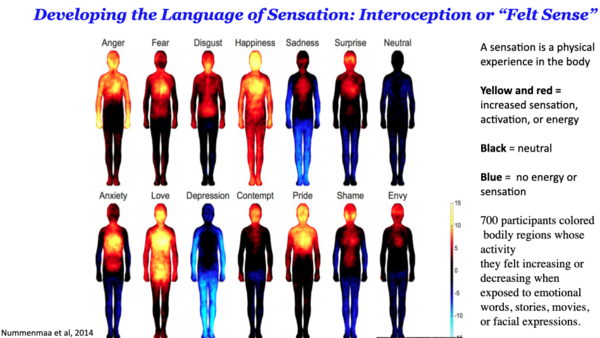
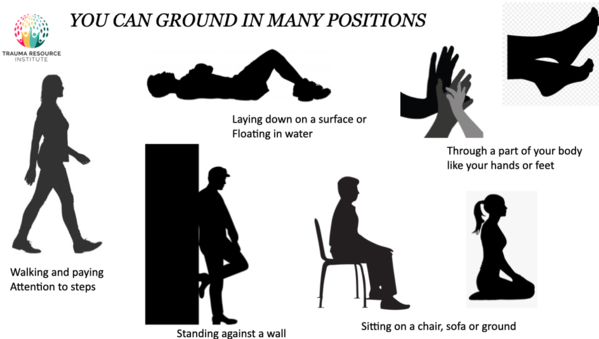





Comments (0)